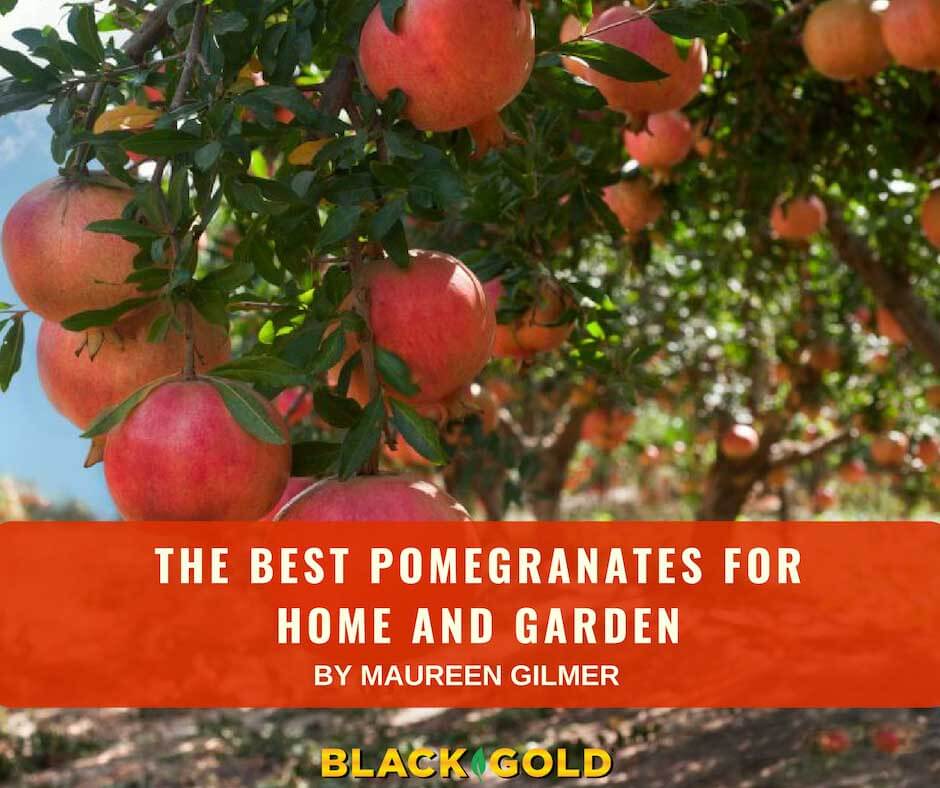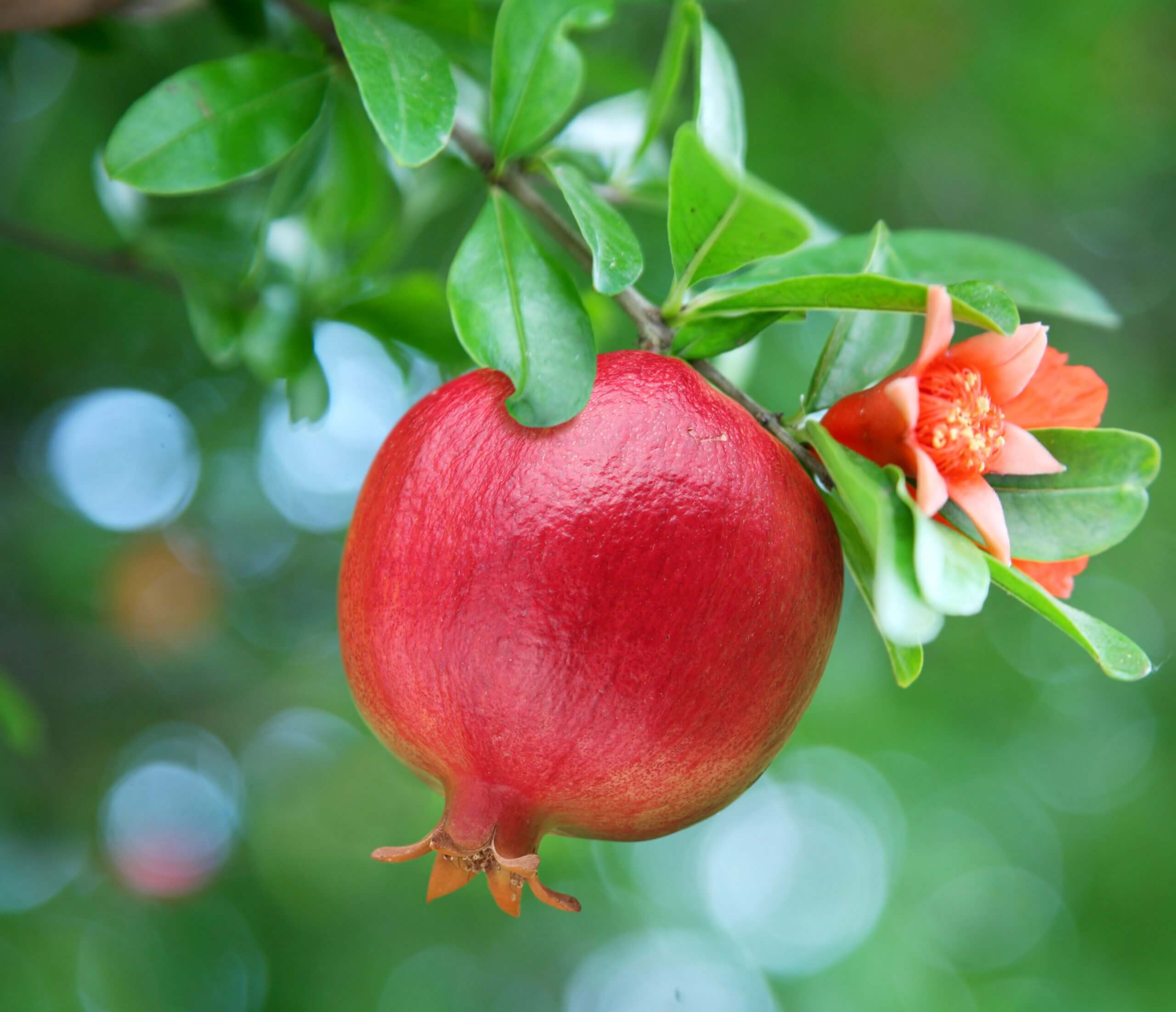
“When do you prune pomegranate trees and fig trees?” Question from Renita of Flomaton, Alabama
Answer: Pomegranate (Punica granatum, USDA Hardiness Zones 8-11) and figs (Ficus carica, Zones 6-10) may both grow as trees or shrubs and have different pruning needs. Here are tips for when and how to prune them.
How to Prune Figs
Figs are deciduous further north and evergreen further south, so they need to be pruned differently depending on where they are growing. The goals when pruning a fig are to control excess branching, encourage an open habit and new growth, and control height. Fig fruits are produced on new wood in summer and a second crop, called a breba crop, is sometimes produced on the old wood later in the season. Breba figs are generally not as tasty.
Where I live in Delaware (Zone 7), my sweet ‘Celeste‘ fig’s stems may die back partially or even to the ground, so I wait to prune until I can easily scratch the stems in early spring. That way I can remove any branches that are dead. Southerners should wait to prune until the cool of late winter before new growth has begun to appear.
Start by cutting the largest stems back to the base as well as those that are overlapping and small and sucker-like. From there, you can cut the remaining stems back to 3-4 feet. Figs grow large quickly, so this process should be repeated annually if you want to encourage more compact growth. Fertilize them shortly after pruning with balanced, slow-release plant food, such as a 10-10-10. (Click here to learn more about growing figs, and click here for more detailed pruning tips.)
How to Prune Pomegranates
Like figs, pomegranate foliage can be deciduous, partially-evergreen, or evergreen, depending on how far north you live. Pomegranate fruits develop in summer on second-year growth, so care must be taken to prune them at the correct time and refrain from removing all of last year’s wood. Prune them in late winter before they flower. When pruning, the goal is to shape and thin the crown by cutting off any crossing, excessive, or overgrown stems. Each stout, main stem should have five to six lateral branches remaining. Tip growth can be cut back to maintain a uniform crown of 4 to 5 feet. A thinner, tidier crown looks good and should yield better fruit. It is also essential to remove any shoots or suckers from the base of the plant throughout the growing season. (Click here to learn more about growing pomegranates, and click here for more detailed tips on pruning and training them.)
I hope that these tips help!
Happy gardening,
Jessie Keith
Black Gold Horticulturist






